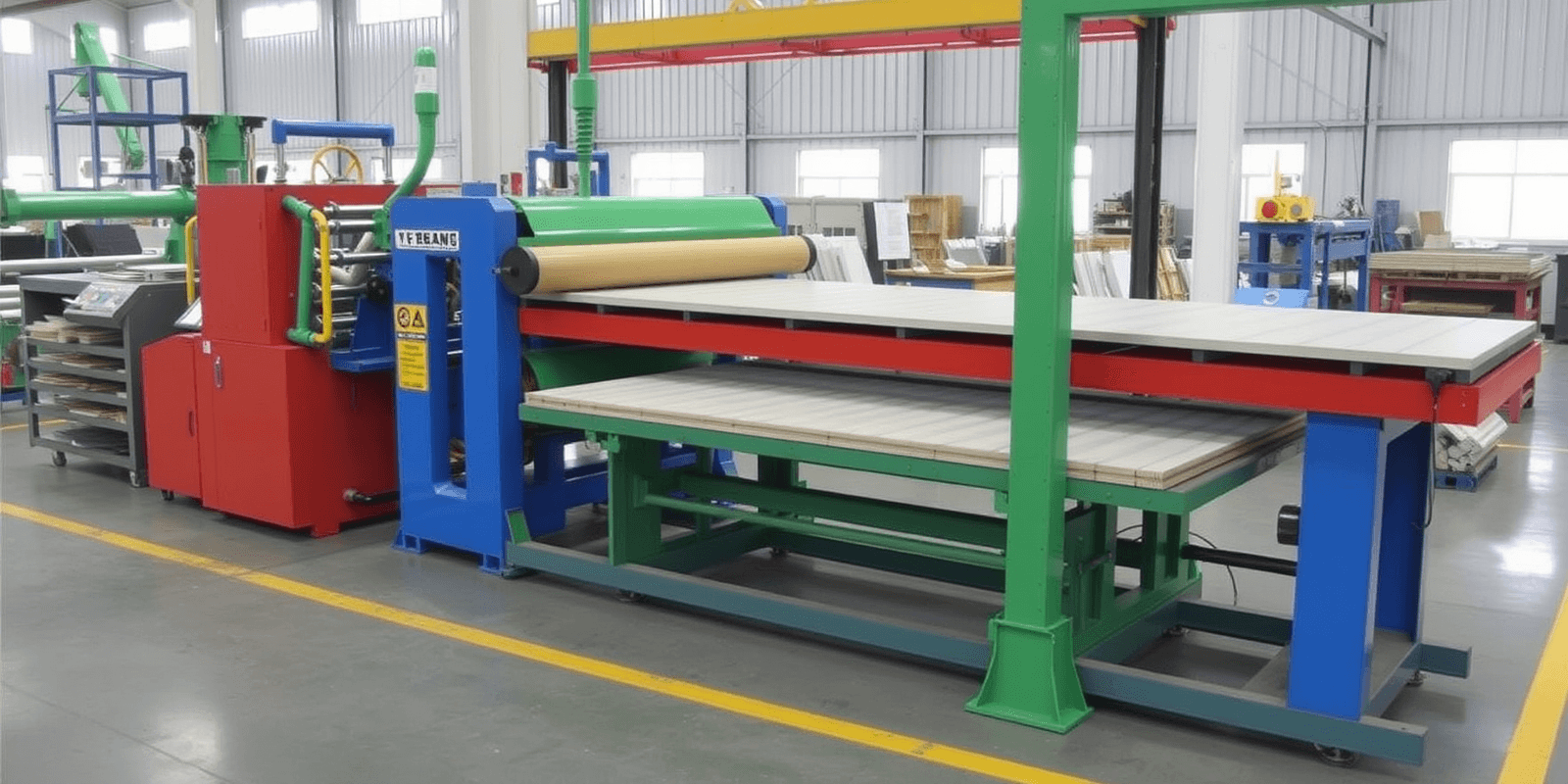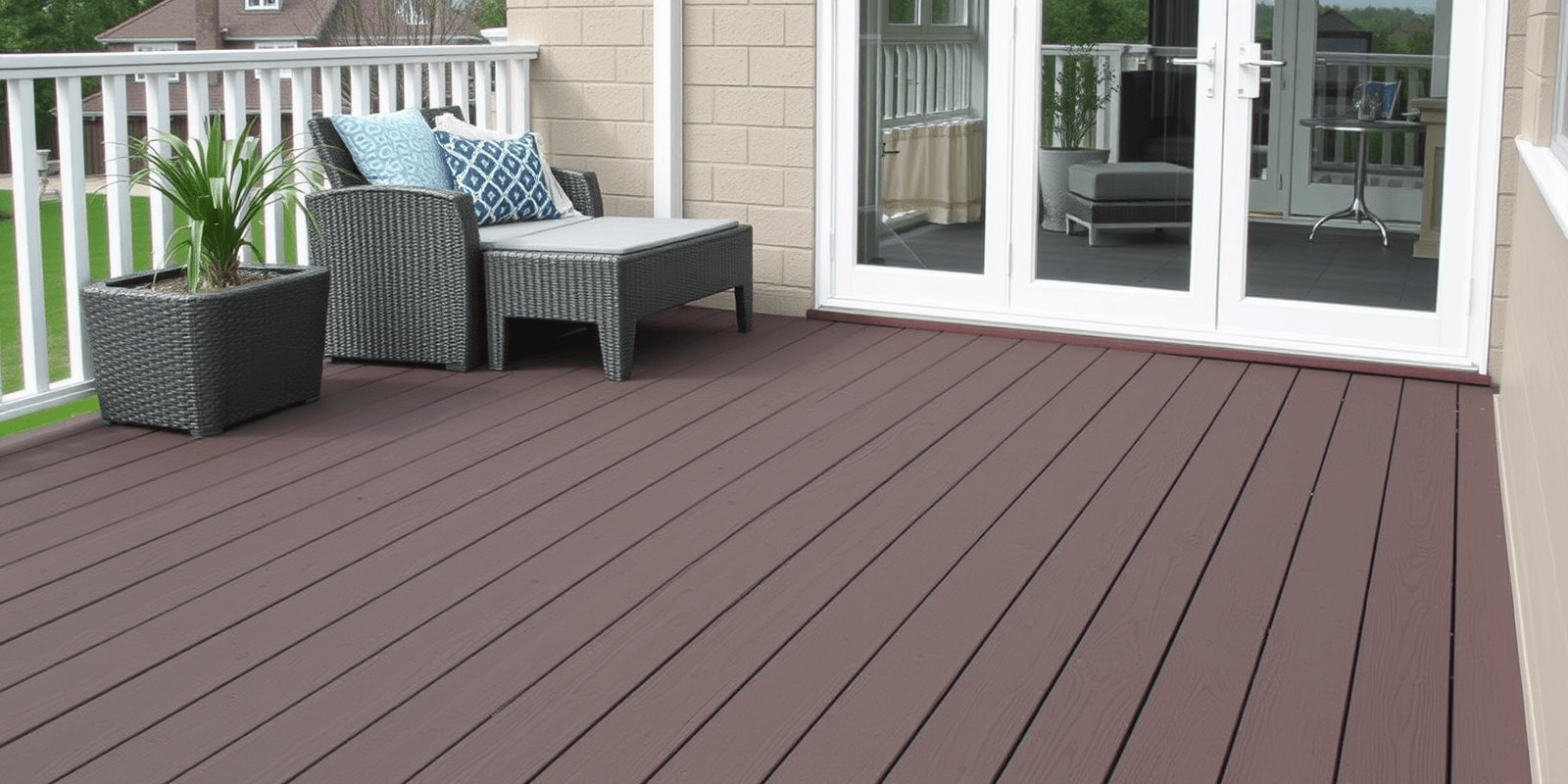“`html
Wood Plastic Composite Decking Manufacturing Process
Introduction
Wood Plastic Composite (WPC) decking has become a popular choice for outdoor construction due to its durability, low maintenance, and aesthetic appeal. The manufacturing process of WPC decking involves several intricate steps, from selecting the right raw materials to the final inspection. This article will detail the entire process, highlighting key phases such as mixing, extrusion, cooling, and cutting.
Selecting Raw Materials
The first step in the WPC decking manufacturing process is selecting high-quality raw materials. The primary components include wood flour, recycled plastics, and additives. Wood flour is typically derived from sawdust or wood chips, while plastics can be sourced from post-consumer waste like milk jugs and detergent bottles. Additives, such as UV stabilizers and lubricants, are added to enhance the product’s performance and longevity. The selection of these materials is crucial as they directly impact the final product’s durability and appearance.
Mixing
Once the raw materials are selected, they undergo a thorough mixing process. This step ensures that all components are evenly distributed, which is essential for achieving consistent quality throughout the decking boards. The mixing process also allows for the incorporation of colorants if a specific shade is desired. Proper mixing is vital to ensure that the final product has uniform properties, thereby enhancing both its structural integrity and visual appeal.
Extrusion
The mixed material is then fed into an extruder, where it is heated and forced through a die to form the desired shape. This phase is critical as it determines the final dimensions and profile of the decking boards. The temperature and pressure settings during extrusion must be precisely controlled to achieve the desired level of hardness and flexibility. Proper extrusion ensures that the decking boards have the right mechanical properties, making them resistant to warping, cracking, and other forms of damage.
Cooling and Cutting
After extrusion, the hot composite material is cooled using water baths or air blowers. This rapid cooling process helps to set the shape and prevent deformation. Once cooled, the decking boards are cut to the required lengths. Accurate cutting is important to ensure that the finished products meet specified dimensions and fit well in various installation scenarios. Proper cooling and cutting are essential for maintaining the dimensional stability and aesthetic consistency of the WPC decking.
Final Inspection
The final step in the manufacturing process is rigorous inspection. Each decking board is examined for defects, including surface imperfections, size inconsistencies, and any signs of structural weakness. High-quality products undergo additional treatments, such as coating or sealing, to further enhance their resistance to weathering and wear. This meticulous inspection process ensures that only the highest quality WPC decking boards reach the market, providing customers with durable and visually appealing outdoor flooring solutions.
Conclusion
The manufacturing process of WPC decking is a complex yet fascinating journey from raw materials to finished products. Each step, from selecting the right materials to the final inspection, plays a crucial role in ensuring the durability and aesthetic appeal of the end product. By understanding this process, manufacturers can produce high-quality WPC decking that meets the demanding needs of modern outdoor construction.
“`



